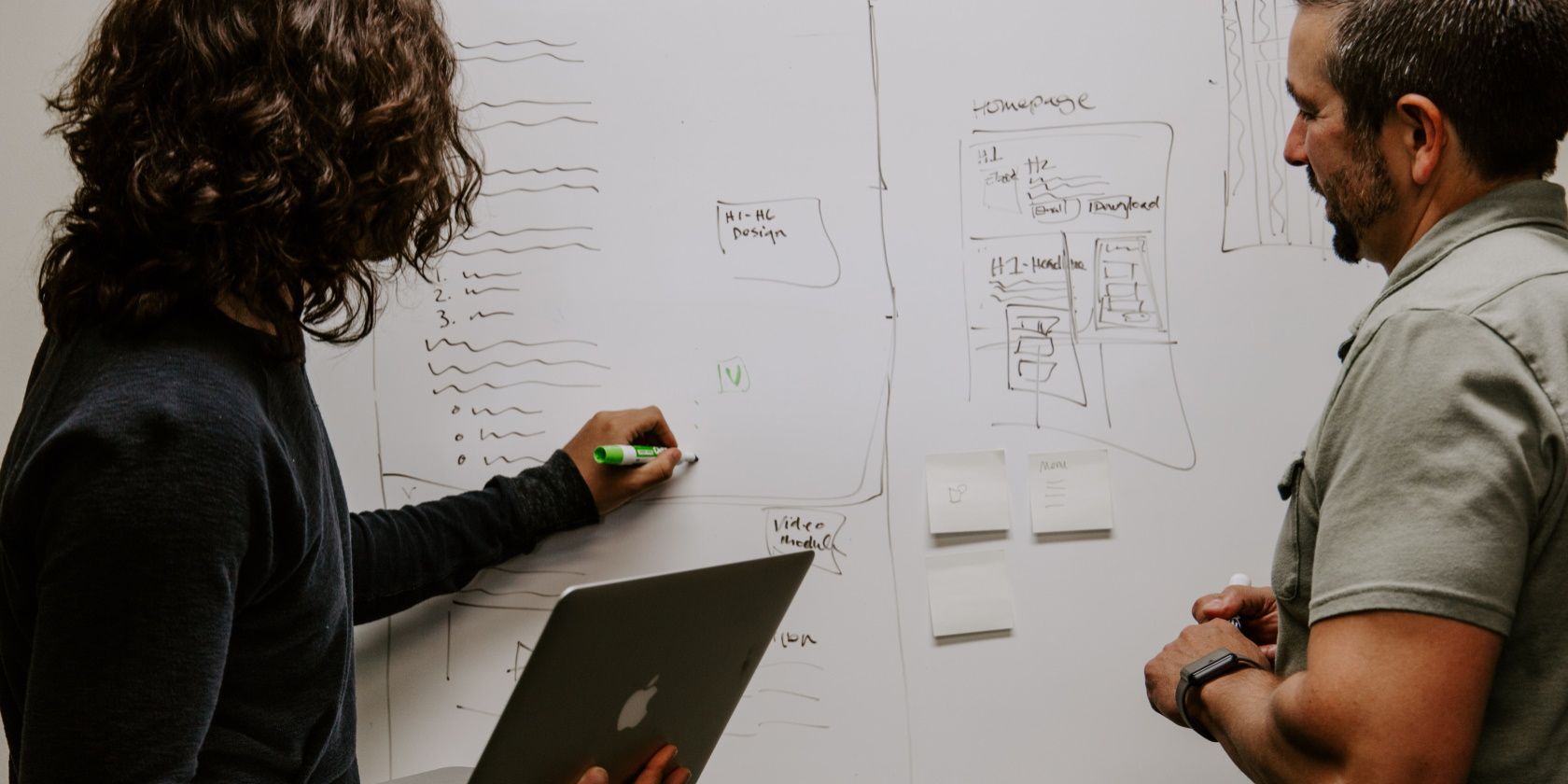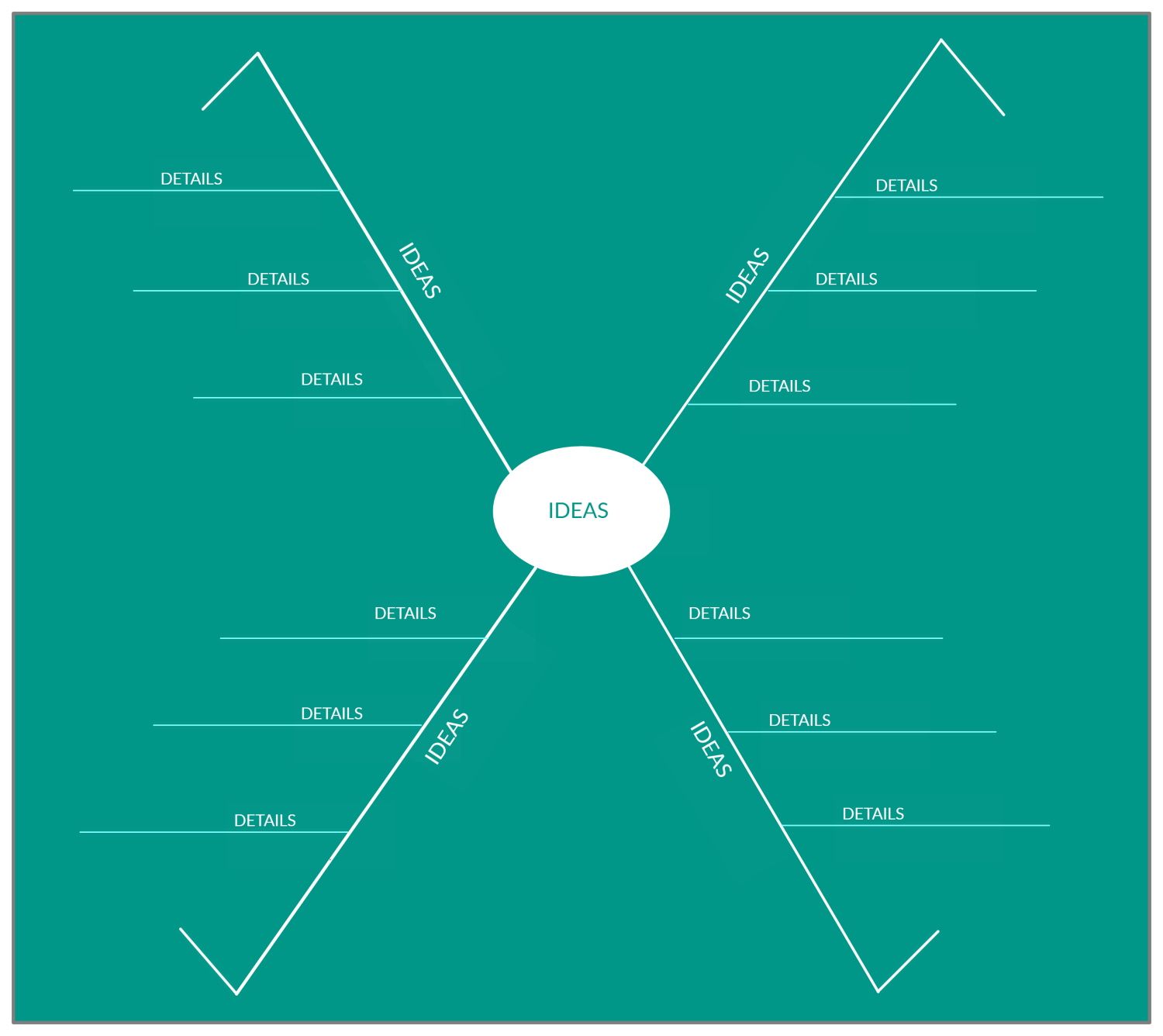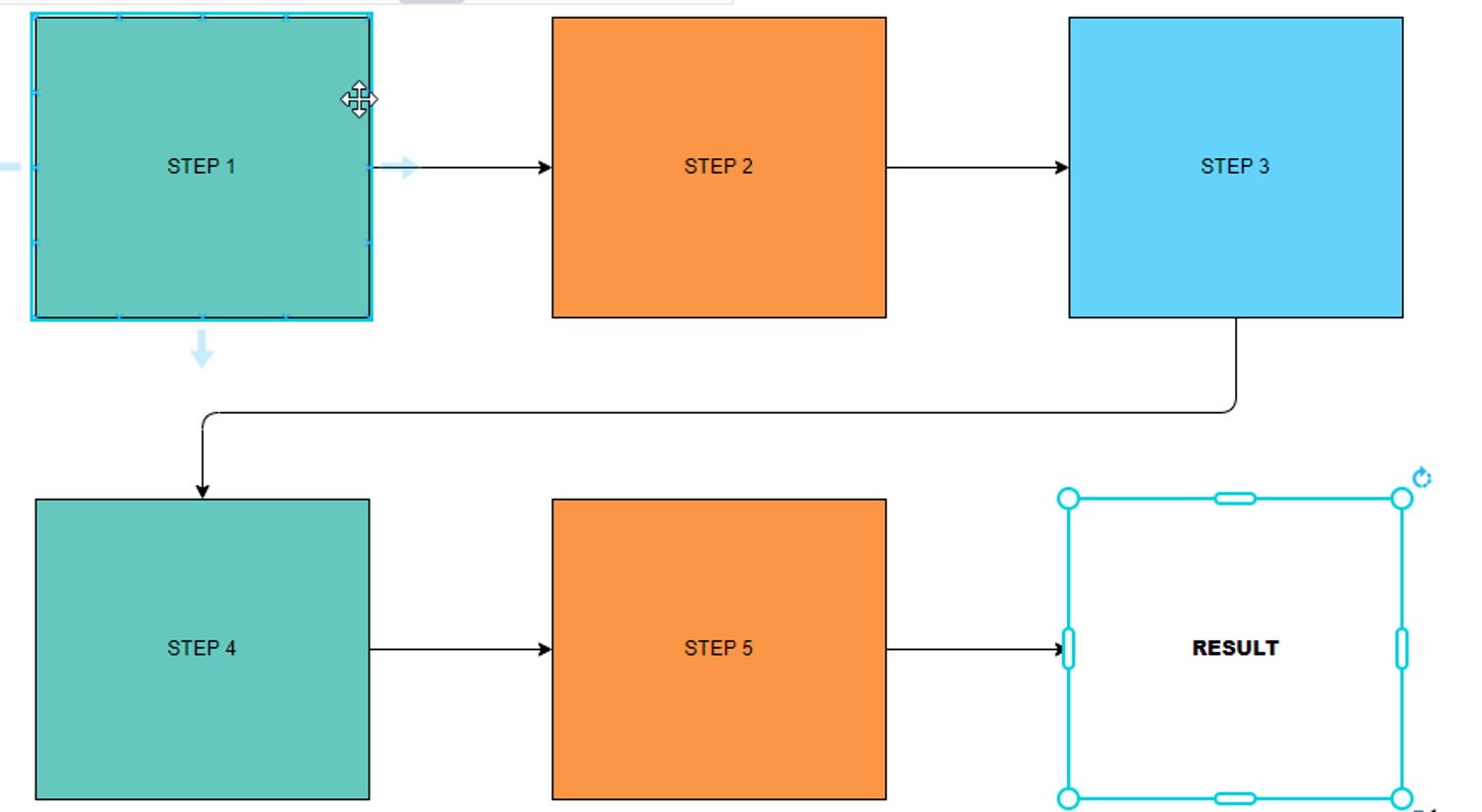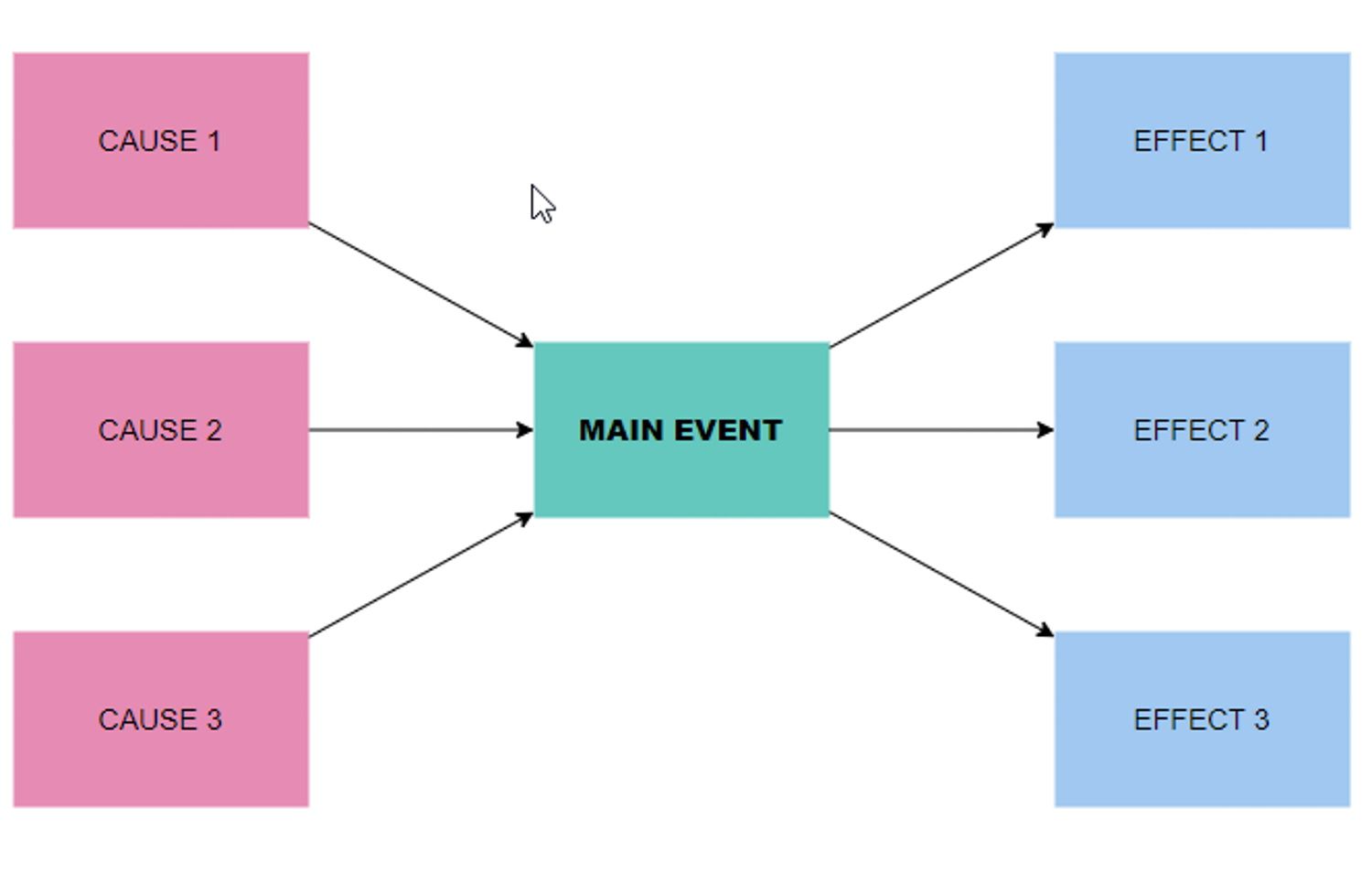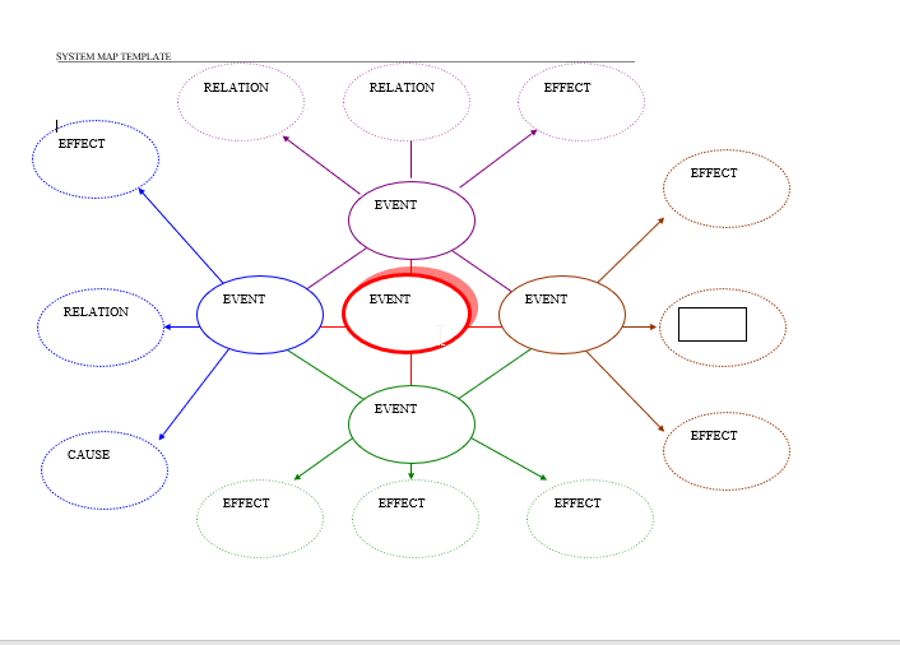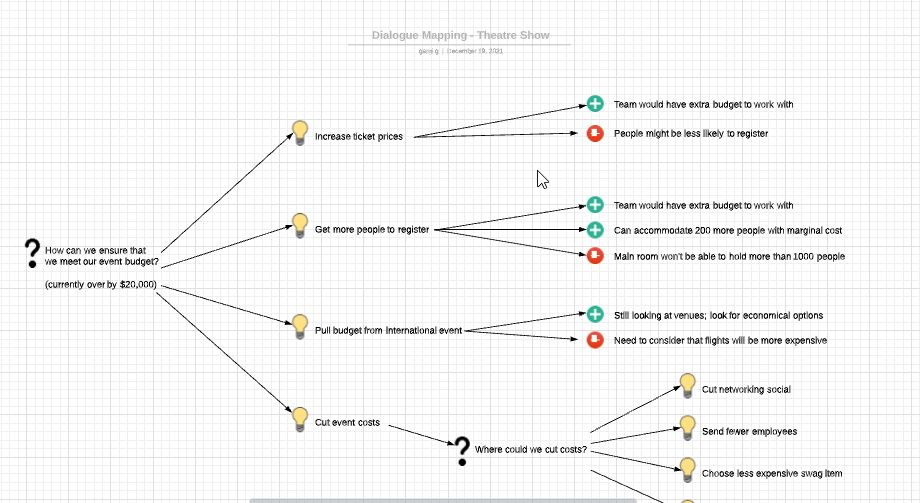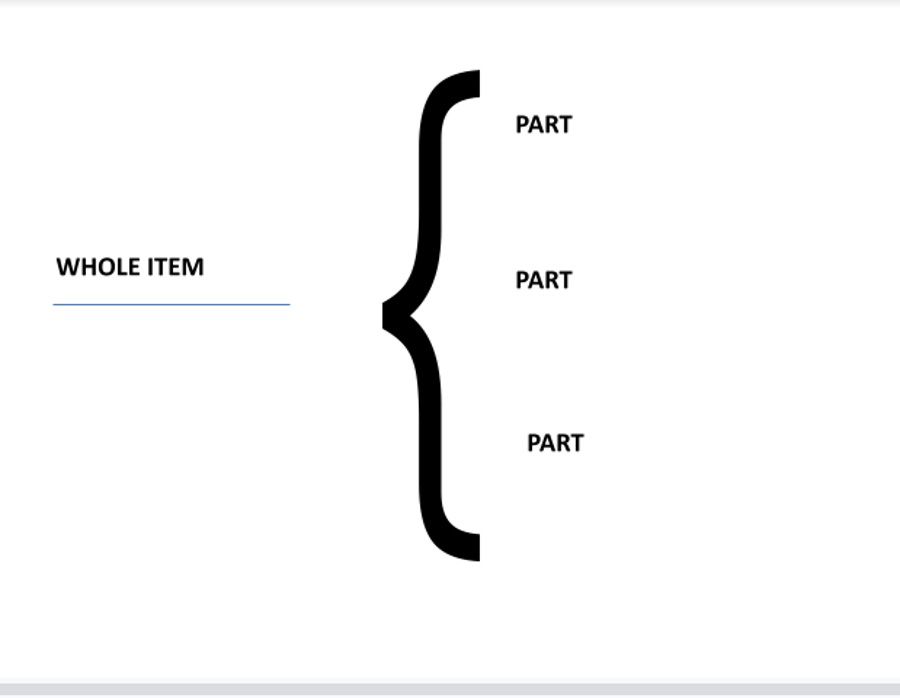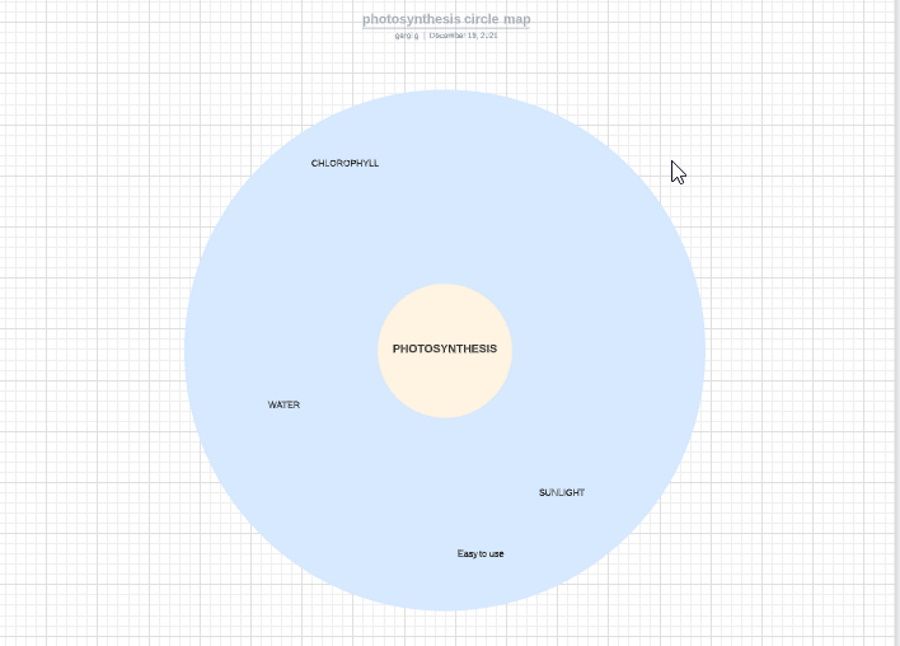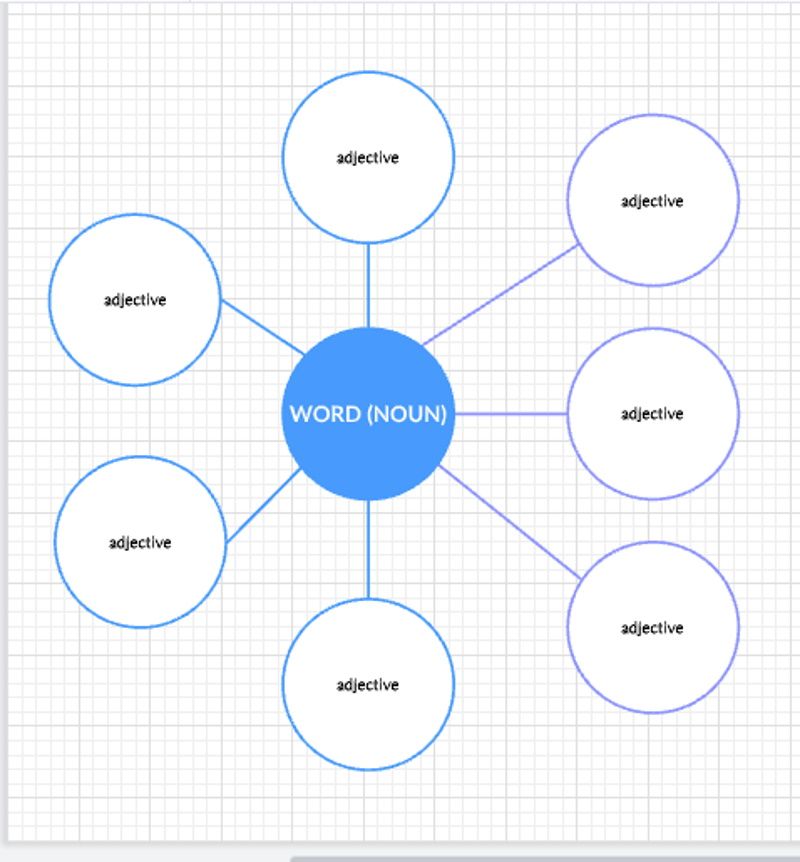Mind-mapping might have emerged as a powerful note-taking tool. In recent years, it has been used by many companies, creative professionals, educators, and agile teams as a way to increase productivity. While mind map is an umbrella term that stands for all the ways of visualizing data, a lot of mind maps exist on the internet.
The different types are suited to facilitate different needs. Here's a glimpse into the most popular types that can be used to increase productivity and bring about clarity.
1. Spider Map
A visual brainstorming technique, a spider map, helps you lay out your ideas in a shape that resembles a spider. Your main idea occupies the center, whereas your related ideas branch out from it in all directions.
Using spatial organization, color, and images to break down complex topics, a spider map gives you a simplified yet complete overview of all the important information. You can always add more details, investigate more aspects, make connections, and fill the gaps.
There is no set structure to making a spider map. You can just jot down your central idea in the middle and draw a circle around it. Next, just draw lines branching off your central idea to describe your related ideas.
2. Flow Map
While the term “flow map” stems from cartography, a flow map is a unique way of organizing information, using a combination of maps, flow charts, and diagrams. If you're working with detailed datasets, and you're struggling to represent them in a coherent sequence, you can always use flow maps.
Flow maps can be created horizontally as well as vertically. You can align it in an ascending manner, or a descending one. It is best for visualizing a process or showing the progression of a set of instructions.
This is especially useful for representing theoretical works because they do justice to the variety of concepts that exist in a detailed project. They are the most popular with people with scientific backgrounds and sensibilities.
3. Multi-Flow Map
Being one of the most useful mind mapping methods, multi-flow maps are great for portraying or identifying cause and effect relationships. The central position on the map is occupied by the event/situation that is being talked about.
The left side boxes indicate the causes that have led to the event, whereas the right boxes indicate the effects. The arrows travel from left to right. But, you can use multi-flow maps to only show causes and effects. Sometimes, they are also used to show the relationships between events.
4. System Map
System maps are one of the most complex types of mind maps. It is used to show the numerous parts of a concept, and how all of them are interrelated to each other and the central idea.
Connecting lines with positive correlations can have “+” signs, while those with negative correlations can have “-” signs. As the name suggests, you can use it to understand the inner workings of a system. As the name suggests, you can use it to understand the inner workings of a system.
Many companies use system maps to see how their teams are functioning. A system map resembles spider webs, but it doesn't branch out like a spider map.
5. Dialogue Map
If you need an online tool to visualize critical thinking as a group, you should use a dialogue map. That's because it's a great problem-solving tool for product developers, project managers, and organizational leaders.
Teams use dialogue maps to solve complex problems in a project. Moreover, a dialogue map is exceptionally useful in breaking down each idea that you might have had, so you've ample chance to consider a problem from numerous angles for better understanding.
6. Brace Map
Effective for determining part to whole relationships, a brace map is used for analyzing physical objects or for giving you a closer look at concepts and ideas.
If you're looking for something that gives you a more in-depth understanding of how things work, you must use a brace map. To make a brace map, you can write the name of the object on the left and then draw a brace, within which you align and adjust all the key parts and sub-parts that are related.
7. Circle Maps
Circle in shape, these maps have the central idea at the core, whereas the related ideas exist in parallel circles within the main circle. So, you'll find a number of circles within the main big circle.
It is extremely useful for sharing ideas or outlining important information for an upcoming presentation at school or at work. You can see the big picture at a glimpse, and that's why circle maps are popular.
8. Bubble Map
Also called a proportional symbol map, a bubble map is an intuitive visualization tool that mimics or imitates the natural thought process we have.
To put it simply, bubble maps are used to help organize and grow your ideas. In fact, they help you center your thoughts and channelize your creativity for explaining specific themes and topics.
To make a bubble map, you must begin by jotting down a noun in the central bubble and putting down the adjectives in bubbles surrounding the main bubble.
If you're writing a book or an essay, it might so happen that you're using the same adjective over and over again to describe a noun. A bubble map helps you do away with that problem.
Use Different Mind Maps for Different Purposes
Using the same mind maps to depict different ideas or serve different purposes isn't a good idea. That's because a bubble map won't help you brainstorm your ideas as well as a spider map would.
Similarly, a flow map can help you portray the progression of events, but it is only when you use a multi-flow map, you can depict the cause and effect relationships a particular event has.
Irrespective of whether you're ideating solo or innovating together in a team, the need to make use of different mind maps to depict, indicate, and represent different projects is crucial.

